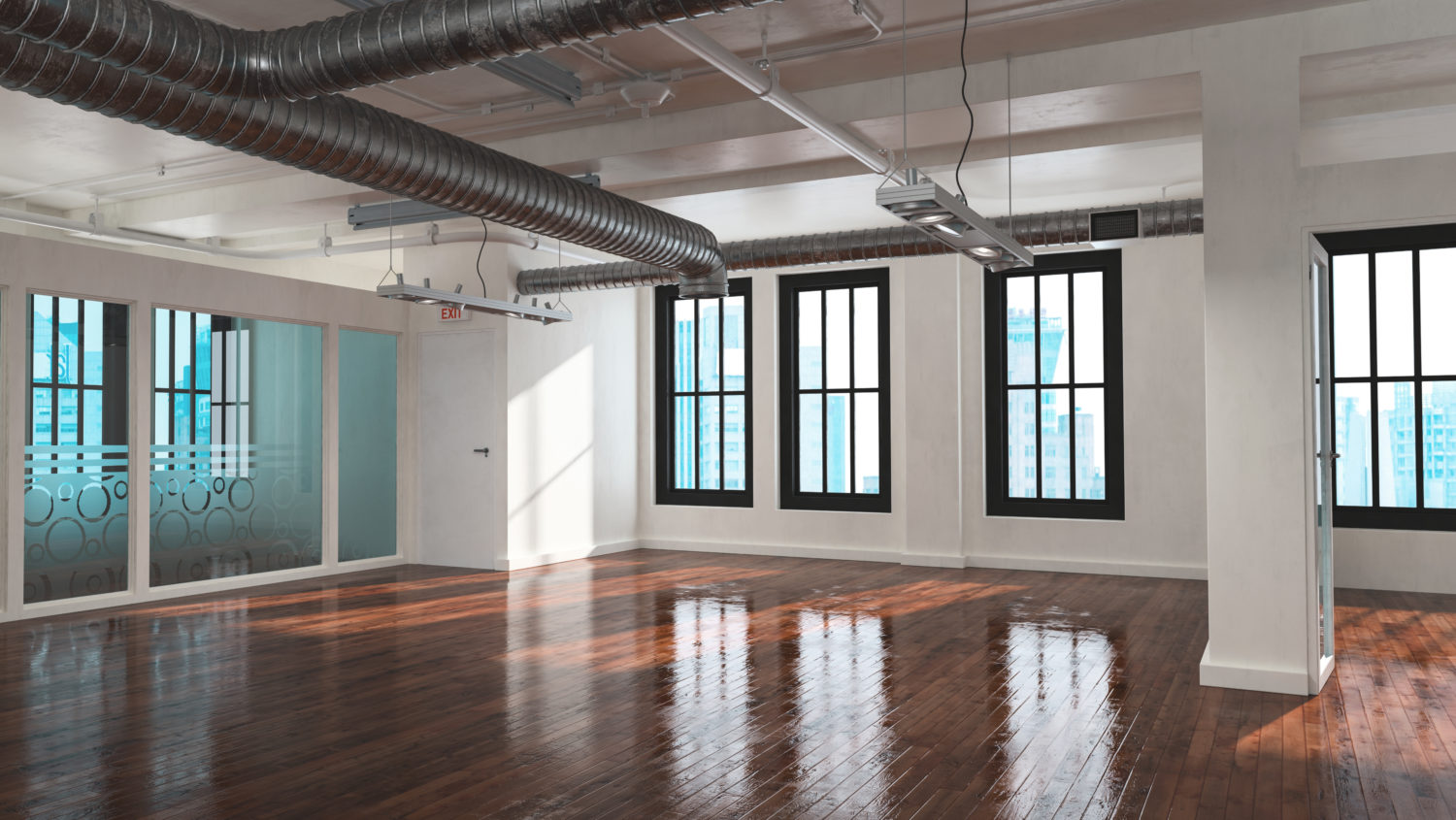Construction costs in the commercial real estate market continue to rise. As a tenant, why does this matter to me?
- Construction costs, not just to build out your space but also to build or renovate the building, are a large component of rent.
- For landlords, higher construction costs are reflected in higher rents for tenants and need to be closely monitored to recoup those costs in rent. Higher costs, which equate to higher rent, can also impact a building’s competitiveness when tenants consider multiple competitive properties.
What is causing the rise in Construction costs?
There are many factors which are outlined in the bullets below:
- We are in the midst of the longest economic expansion in the history of our country. A strong economy creates fierce competition for resources and labor. Economics 101 dictates that the higher the demand, the higher the cost.
- Labor, a major component of construction costs, is in short supply as general contractors struggle to hire subcontractors who can pick and choose their work.
- The competition for subs goes beyond the commercial real estate industry as commercial general contractors compete with residential contractors for labor.
- Market disrupters, such as hurricanes, put further strain on the tight labor supply as subs are drawn to more lucrative repair and rebuilding projects (I have heard of several subs who have temporarily moved to the coast for repair work where they can earn higher prices due to a shortage of qualified subs)
- Tariffs: The trade war with China, and resulting tariffs, have caused a significant increase in materials costs (metal studs, copper wiring, lighting and plumbing fixtures, etc.). In a recent conversation with a construction superintendent, I learned that contractors are facing delayed deliveries and higher costs as a direct result of the tariffs. Additionally, contractors are pricing in contingencies (i.e. higher than current actual costs) because they have been burned by signing a set price contract and then having material costs come in higher than expected.
- Additionally, the uncertainty caused by the tariffs is creating uncertainty in contractor forecasting.
What Are Typical Construction Costs for Office Space in This Competitive Environment?
- Costs for renovating second generation space range from $10-$20/SF
- Costs for building out shell space range from $45-$85/SF
- Additional “soft costs” related to an office fit-up can range from $40-$60/SF
- These soft costs along with the corresponding range per square foot are:
- Move/Decommission Costs: $0.75-$1.50/SF
- Furniture: $25-$35/SF
- Technology (audiovisual, structured cabling): $4-$7/SF
- Design/Consulting: $6-$9/SF
- All-in costs (construction + office fit-up) for shell space range from $86-$145/SF
As a Tenant, How Can I Best Manage the Impact of Higher Construction Costs?
- The best way to manage your costs are:
- Engage a tenant representative early in the process (12-18 months before a move is optimal) to aggressively negotiate a favorable lease.
- Engage a professional project manager to pull together a team of consultants that can assist in streamlining the process, This team would consist of a general contractor (GC), a design firm as well as furniture, data cabling and technology consultants.
- The design firm will create a “program” (list of specific space needs) which can them be applied to a “test-fit” (a preliminary space plan that applies the program to a specific space)
- Have your GC price and provide any value engineering to the plan to drive down the cost.
In closing, The Research Triangle market which consistently receives national accolades will continue its growth (~92 people a day moved to Wake, Durham, Orange and Johnston Counties in 2018) which will result in higher land and construction costs. Thus the trend in rising rents will continue. Knowing this and planning ahead by engaging the best consultants early in the process will give your company the ability to forecast and accommodate the rising costs associated with leasing space.
Robert Hoyt, Tenant Broker
